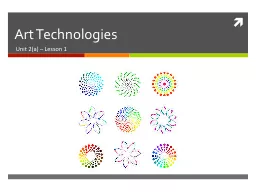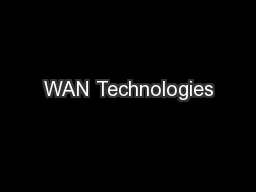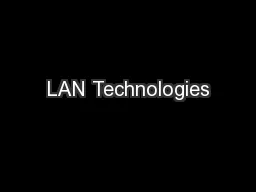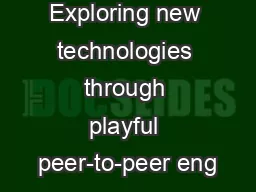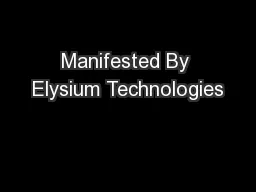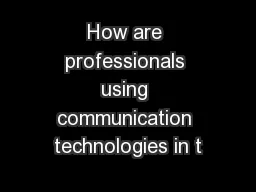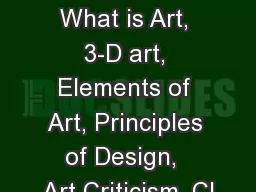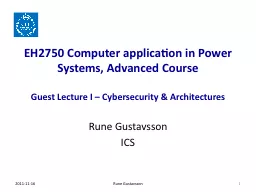PPT-Art Technologies
Author : briana-ranney | Published Date : 2016-07-20
Unit 2a Lesson 1 In this lesson you will learn Why the dot is important in art What is meant by the terms pixel and pointillism How dots behave when they are positioned
Presentation Embed Code
Download Presentation
Download Presentation The PPT/PDF document "Art Technologies" is the property of its rightful owner. Permission is granted to download and print the materials on this website for personal, non-commercial use only, and to display it on your personal computer provided you do not modify the materials and that you retain all copyright notices contained in the materials. By downloading content from our website, you accept the terms of this agreement.
Art Technologies: Transcript
Download Rules Of Document
"Art Technologies"The content belongs to its owner. You may download and print it for personal use, without modification, and keep all copyright notices. By downloading, you agree to these terms.
Related Documents

